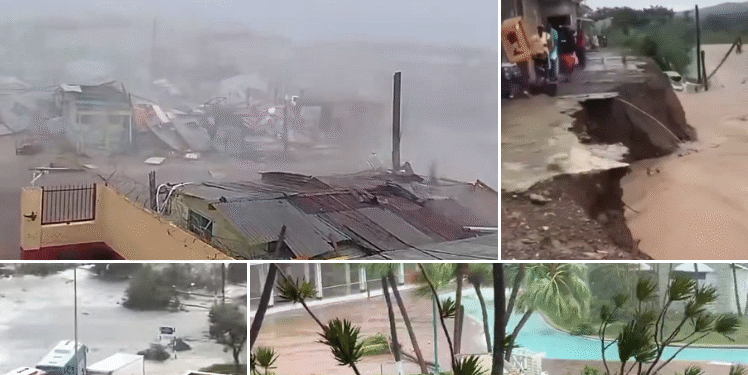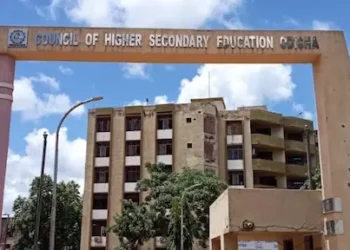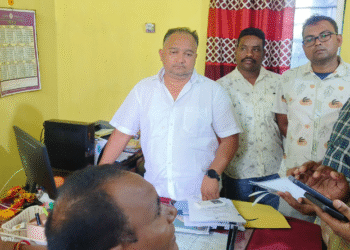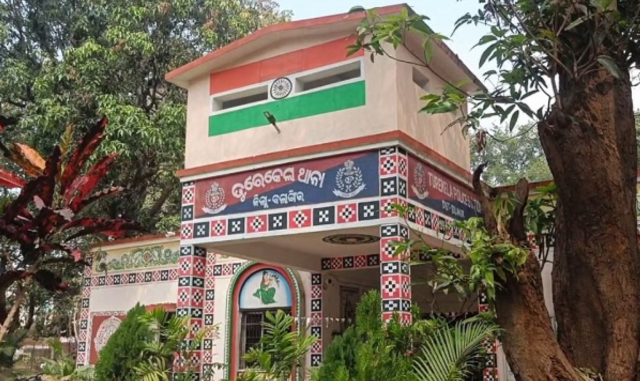Hurricane Melissa, the most powerful storm ever recorded in Jamaica, struck near New Hope with sustained winds of 185 mph.
It submerged the parish of St. Elizabeth and knocked out power for over 500,000 residents.
Prime Minister Andrew Holness confirmed extensive damage to hospitals, homes, and roads. While officials have not reported any confirmed fatalities, they fear casualties due to the storm’s severity. As Melissa moved past Jamaica, its winds weakened slightly to 145 mph, yet it continued to threaten highland areas prone to landslides and flooding.
The storm now targets Santiago de Cuba. Cuban President Miguel Diaz-Canel urged citizens to evacuate, warning of widespread destruction. Authorities relocated nearly 500,000 people to safer zones. Meanwhile, the Bahamas issued evacuation orders for its southern islands.
In Haiti and the Dominican Republic, relentless rainfall caused at least four deaths. Jamaica reported three fatalities during storm preparations, and a disaster coordinator suffered a stroke during the hurricane’s onset.
Meteorologists ranked Hurricane Melissa as the third most intense storm in Caribbean history, following Wilma in 2005 and Gilbert in 1988. The World Meteorological Organization warned of storm surges reaching up to 4 meters and labeled Melissa as Jamaica’s “storm of the century.”
Aid workers described harrowing scenes of uprooted trees and downed power lines. Colin Bogle of Mercy Corps recalled the chaos and said the storm reignited memories of Hurricane Gilbert. He emphasized the region’s vulnerability to the escalating climate crisis.
Scientists attributed Melissa’s rapid intensification to warming ocean waters. Caribbean leaders renewed calls for climate reparations from high-emission countries. As Melissa swept through Jamaica’s key agricultural zones, concerns mounted over food security and long-term recovery.





























